Twenty-First Century India: Population, Economy, Human Development, and the Environment
Synopsis
This book is the first fully integrated account of the impact of India's population on development. A major contribution to the debate on these issues, it examines how population growth will affect India's future and how India can best manage this last phase of its demographic transition. Using a variety of modelling and analytical tools the authors study historical empirical information on India's population and make projections about future trends in fertility, mortality and urbanization. The possible impacts of demographic growth on the economy and the environment are explored in the light of recent experience. It has been found that growing numbers do complicate the task of achieving widespread education and contribute to poverty with increasing divergence in social conditions among the states. Though there is a 'demographic bonus' from the declining proportion of dependants to workers in the population that will help economic growth, the rapid increase in the labour force has serious adverse consequences for employment. The book is reasonably optimistic about India's food prospects: the country can continue to feed itself. It can also enjoy higher levels of energy use, manufacturing and modern forms of transport, with less chemical pollution. Consequently, India's cities can become cleaner and healthier places to live in, though good management of water as a resource will continue to be a serious challenge, and one most strongly related to population growth. This will also be true of other common property resources, which will face severe pressures. The analysis builds on new projections fifty years from the Census of 2001, by which time India's population had already passed the 1 billion mark. Twenty-five years later it is expected to exceed 1.4 billion, and will almost certainly pass 1.5 billion by mid-century. The projections incorporate for the first time implications of both interstate migration and HIV/AIDS for India's population and its urban future, with close to half a billion urban inhabitants by the year 2026. The authors contend that India's future problems are large, but in principle manageable. In this context, the book examines the challenges ahead, outlines policies, and identifies lacunae in their implementation, which lie at the root of most of the difficulties facing the nation today. Breaking new ground and covering a broad range of critical issues, this book will be an important tool for policy-makers, NGOs, foreign aid agencies, and journalists. It will also be a valuable resource for researchers in economics, environment, demography, social studies, and development.
Read more
28.80
25.92
$
32.00 $
Free delivery Wolrdwidе in 10-18 days
Ships in 1-2 days from New Delhi
Membership for 1 Year $35.00
Get it now and save 10%
Get it now and save 10%
BECOME A MEMBER

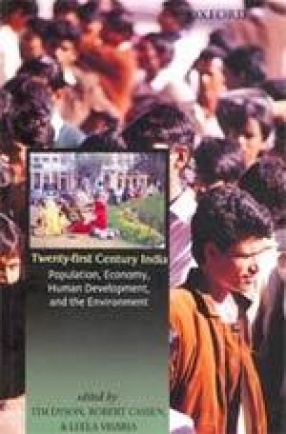

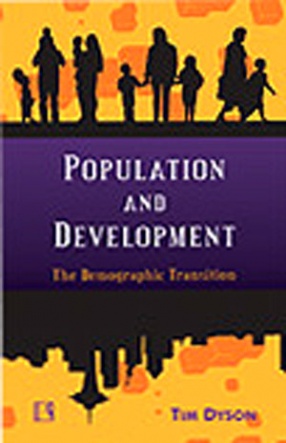
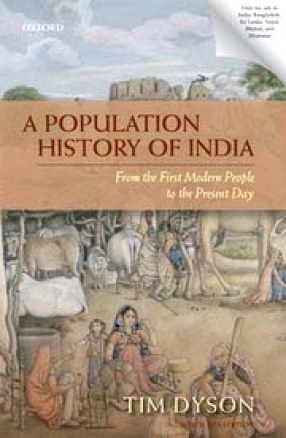

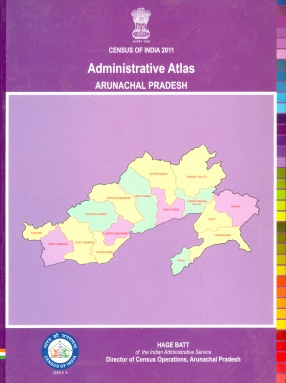
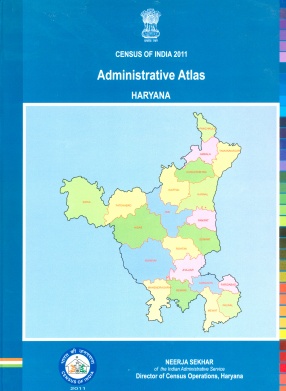
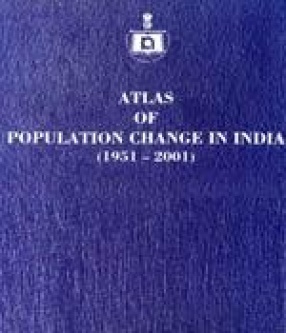

Bibliographic information
Robert Cassen
Leela Visaria